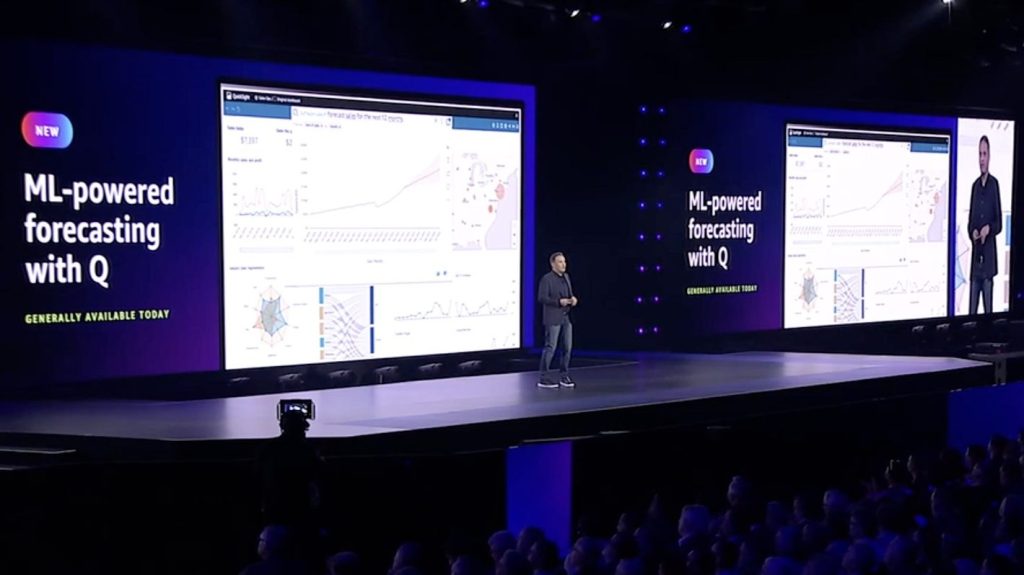Danielle Levitas
With flashier announcements at this year’s WWDC, such as Apple Music or more hardcore developer news on the iOS 9 front, it’s easy to lose sight of a real game changer: watchOS 2, which is slated for release September 16. Would it be crazy to think this new OS could really make that big of an impact?
After all, despite the fact that the first nine weeks of Apple Watch sales exceeded initial sales for both the iPhone and iPad, the larger wearable market is still relatively small; vendors reportedly shipped a mere 11.4 million wearables in Q1 of this year, compared to 334.4 million smartphones.
While wearables are still nascent, the reason the watchOS2 will be such a game-changer lies in its native development capabilities. With the iPhone, developers had the attractiveness of having plenty of digital real estate to work with, but the Watch’s small form factor has challenged them to create experiences in a very restrictive space.
Further, being tied to the construct of the phone has limited their creativity. Need proof? Consider that as of early September, there were 11,469 apps for the Watch, which represents 274 percent growth since launch. That might sound impressive, but compare it to the iPhone, which saw 437 percent growth within the first three months. This indicates that while there is an appetite, developers need more incentive.
Developers will find that incentive in the watchOS 2, which I believe will cause entire new subcategories of apps to emerge — some even unimaginable with our existing mobile devices today. With native support, developers can now get even more creative and tap into the Watch’s unique features, like sensors and an accelerometer. This will make the Watch much more attractive for developers and expand Apple’s total addressable market.
How will this play out for both developers and consumers? We’ll have to wait and see for sure, but here are a few predictions…
The Body And App Merge, And Become Interactive
We’ve already seen the body and mobile devices becoming more intertwined thanks to apps such as Nike+, but we’ll see a whole new realm of possibilities now that developers can play with the Watch’s sensor capabilities. I expect to see new categories of apps designed for everything from meal planning to travel.
For example, there might be an app that improves your diet by suggesting what to eat, integrating with other connected devices Watch data such as calories burned and steps taken. Based on what the app learns, it could give you nutritious recipes to meet your goals, or even share locations of nearby healthy restaurants. If you want to stay home, it might even connect directly to food delivery services such as GrubHub so you can get the healthiest meals delivered right to your door.
While the watchOS 2 has the power to drastically improve what technology can do for encouraging general wellness, we are likely to also see apps that provide actual medical diagnosis by tracking your body temperature, heart rate and other biometrics. For instance, biometric analytics apps could provide realistic health goals and medical advice, and even discover previously undetected medical conditions. New smart attachments that integrate with the Watch, similar to Kinsa medical devices, could lead to apps that help with chronic conditions like diabetes and asthma.
Personalization Like You’ve Never Experienced
We’ll also see more personalized notifications emerge thanks in large part to the Taptic Engine. This new Apple Watch technology sends small tapping vibrations and nuanced audio cues to communicate with the wearer. Imagine a dating app that sends vibrations to help guide you to someone new. Or there could be apps that remind you of people’s names you’ve met previously but have since forgotten.
The heart rate sensor, accelerometer and Siri also offer new and exciting avenues for personalization. For those of you who struggle to stay fit, the Watch could lock leisurely apps such as Instagram, Facebook and Angry Birds until you’ve hit your physical activity goals for the day.
Traditional iOS developers can even use the Watch to personalize their own apps. Imagine if fitness apps like RunKeeper could integrate with Pandora or Apple Music to match a song’s beats per minute with your heart rate. The possibilities are endless.
A New Age For Apps
The level of interaction and personalization that will be born out of the Watch will make today’s smartphone experiences look generic and dated. What’s especially exciting about this shift is how it fits into the overarching movement toward the Internet of Things (IoT).
While industrial IoT is alive and well, in the consumer market wearables are our best hope — before our homes or our cars. Given Apple’s immense developer community support and consumer affinity, Apple can dominate the market and watchOS 2 will play a major part in that. The result for consumers will be a complete overhaul of the apps we use and how they interact with — and improve — our lives.
While having a watch that communicates with all your other devices and automatically serves you experiences purely based on movement and biometrics might sound far into the future, in truth we’re just around the corner. By the time the next WWDC rolls around, we may already be halfway there.































Comment